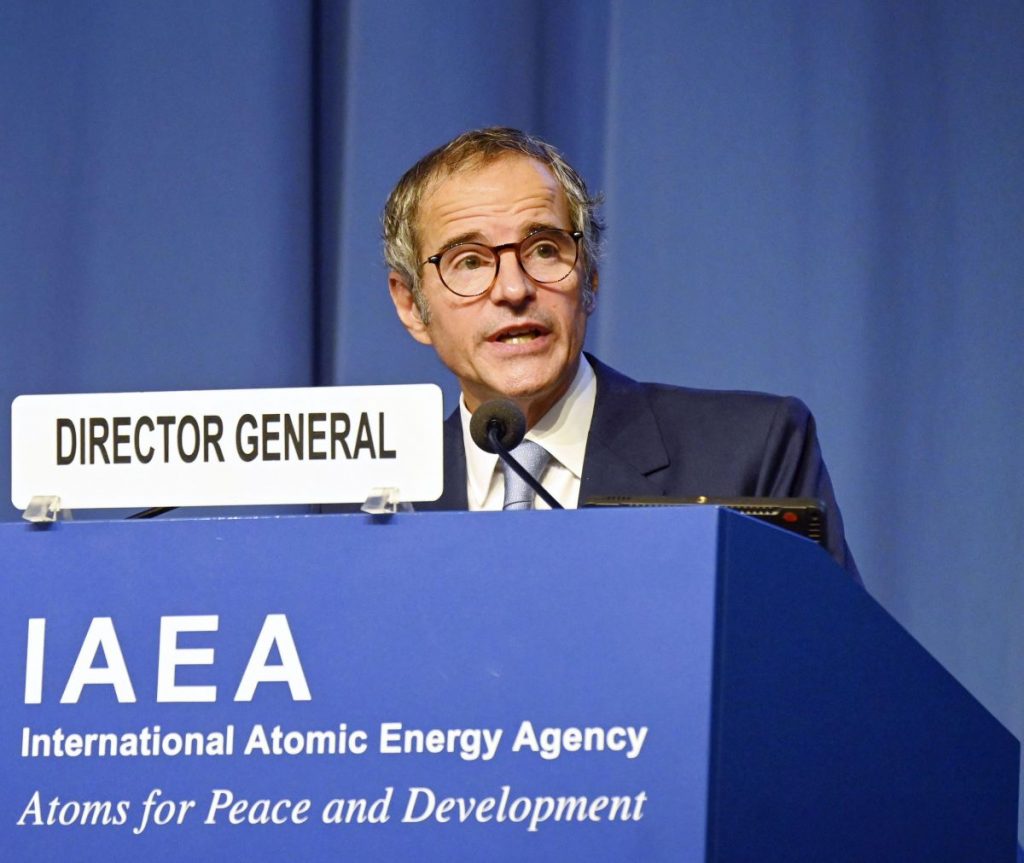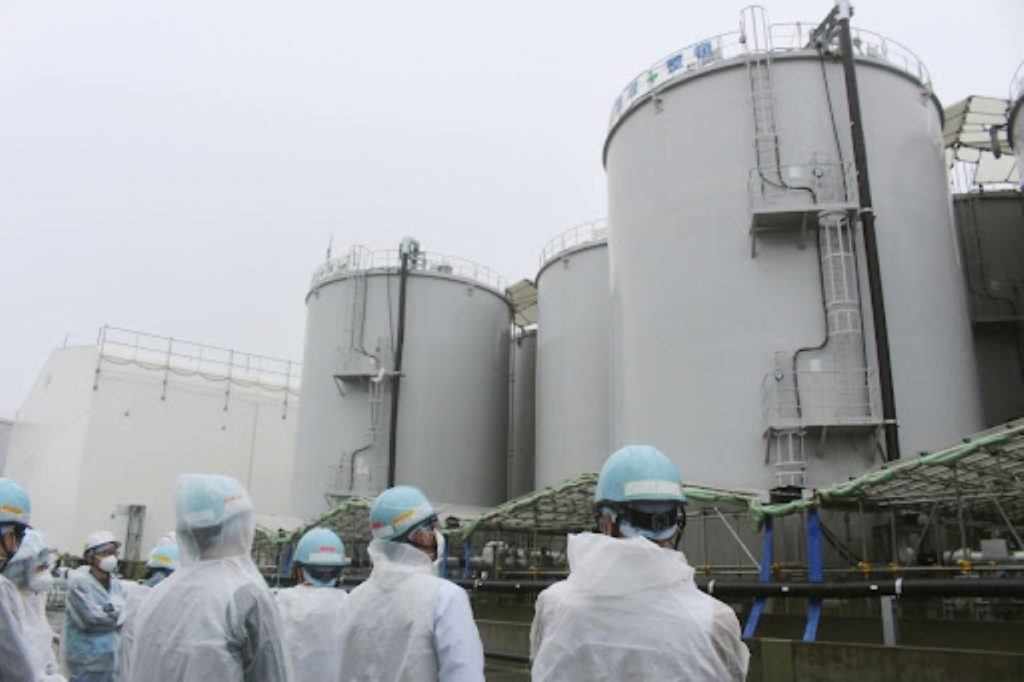The Japanese and Chinese governments have concluded final negotiations, with China agreeing to lift its Japanese seafood embargo under a new monitoring framework. Beijing had imposed this embargo following the release of Treated water from the Fukushima Daiichi Nuclear plant in August 2023.
Both the International Atomic Energy Agency (IAEA) and Japan’s Fisheries Agency confirmed that the water posed no significant risks. The IAEA is the United Nations’ nuclear watchdog. According to the agency, the discharge would have “a negligible radiological impact treated on people and the environment.” Despite this , China continued to assert that the water was dangerous.
Prime Minister Fumio Kishida announced the news after a September 20 call with IAEA Director General Rafael Grossi.

During their meeting, Kishida and Grossi agreed to strengthen the monitoring system for the treated water under the IAEA framework. This enhanced system will include participation from third countries, including China. It is worth noting that the IAEA’s scientific team includes experts from South Korea, China, Australia, and Vietnam, among others.
Following this agreement, “China is set to resume imports of Japanese seafood that meet safety standards,” Kishida stated.
Navigating Solutions
Since the embargo took effect, Japan has repeatedly appealed to China for its removal. During the July 2024 Japan-China Foreign Ministers’ meeting, Japan again requested the immediate lifting of China’s ban on Japanese seafood imports.
China, in turn, requested to participate in monitoring the impact of the water discharge. The Kishida administration decided against allowing China to monitor the process independently. Instead, by involving the IAEA, Japan aims to safeguard its sovereignty while ensuring the impartiality of the investigation .
Kishida stated that Japan is committed to offering additional monitoring to address China’s concerns. He added that China has already begun adjusting its regulatory measures to allow for the gradual resumption of Japanese seafood imports.
Furthermore, he emphasized that “the government’s stance remained firm in calling for the immediate removal of all restrictions.” However, this recent agreement is a step toward achieving that goal, he said.
China had previously reacted strongly to the water release. Calling it the “forcible release of nuclear-contaminated water,” Beijing consequently halted Japanese seafood imports. This agreement marks a turning point, with imports set to resume under the new monitoring framework.


According to scientists, Chinese nuclear power plants release far more tritium into the Pacific than Fukushima Daiichi. Fuqing nuclear power plant in China releases approximately three times more tritium than Fukushima Daiichi. While Japan has IAEA approval for its release, China’s higher tritium levels have led to accusations of double standards in its criticism of Japan’s actions.
RELATED:
Author: JAPAN Forward
Share this content:



